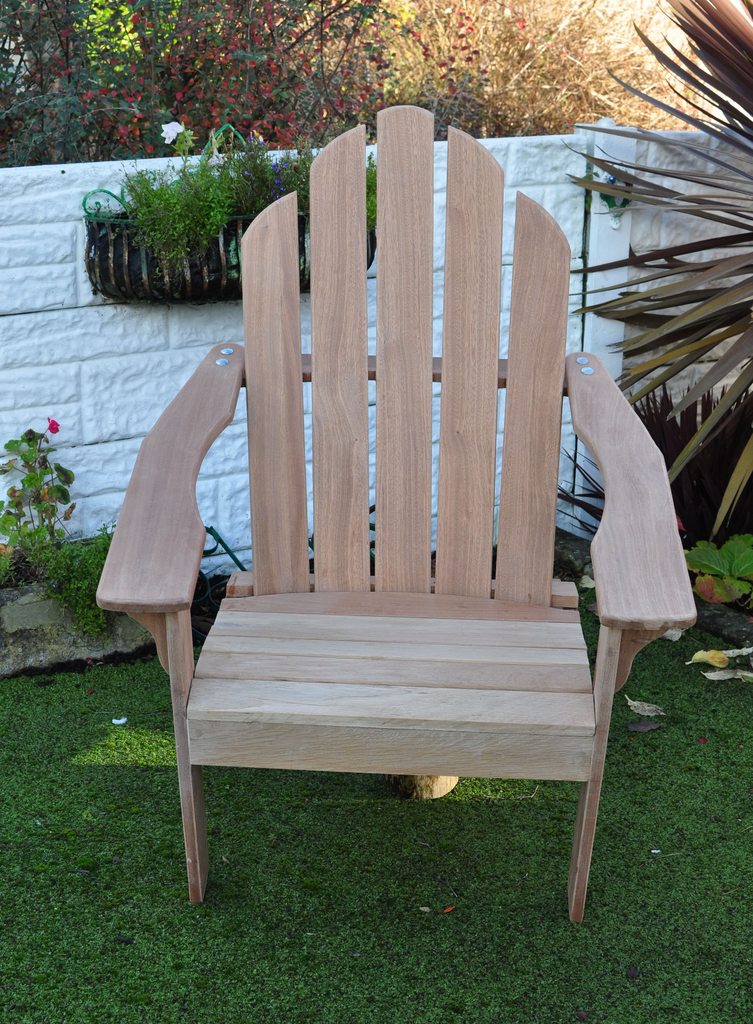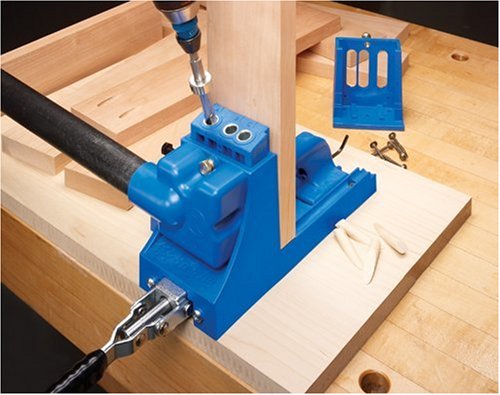I needed to do a temporary fix to the bottom of the back door on our new house when we moved it as the previous owner had cut 20mm of it and it was nearly above the threshold (seriously, I don't get some people). I didn't have the time nor the money to replace the door or remove it from service. the pocket hole jig was perfect to attach a strip of ash across the bottom of the door with a dash of glue for good measure. a quick spin of a stick in a dowel plate and the holes were filled in and painted over with no one the wiser. the back door is going soon, it's been a temporary fix for nearly 5 years, nothing is more permanent that a temporary fix that works.

I've also used it to pull a badly fitted door frame together (Garage door), quickly knock up a window frame when some buttocks tried to break in by pulling the rather rotten frame away (only to find a set of steel bars set in to the concrete behind the obscured window), knock up a number of quick cabinet carcasses for a multitude of places, attached shelves to walls with hidden fixings the list goes on. yes I can make a pocket hole with a drill and it will be acceptable and do the job, but it takes as long as with the jig and it's perfect and identical every time, which is what a jig is for.
buy the single, if you like it and decide to upgrade, you are only out a tenner, if you hate it and it gets buried in the pile of "waste of money, for the inexperienced" tools. it's a tenner, a router with a suitable bit and the various attachments is going to set you back quite a bit more, isn't going to fit in your pocket and isn't going to be able to be used in situ when you "just need to pull up a joint".
Sorry mike, but you're wrong on this one, this is the most efficient way of make a perfect pocket hole, yes there are other ways, but this beats them all in at least one way depending on the method, it's neater than just drilling it, it's cheaper than a router and it's more mobile than mortiser, I understand why you see it as a waste and not "proper" woodwork, but it does serve and purpose.
also, don't bother with the real screws, put a washer round your normal countersunk screw to turn it in to a flat head that doesn't bind as it contacts the bore (think I pay 2 quid for 500 3x7mm washers.









